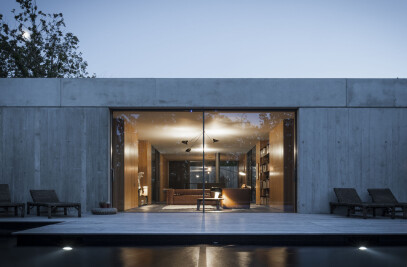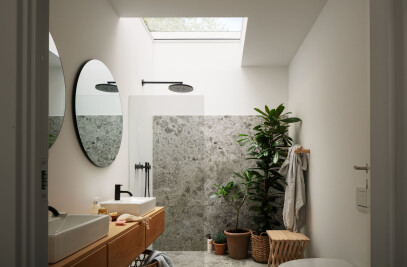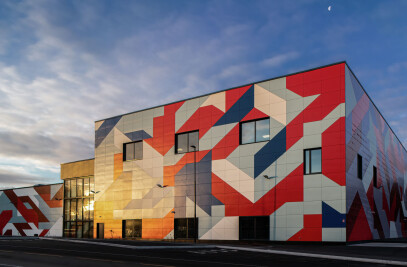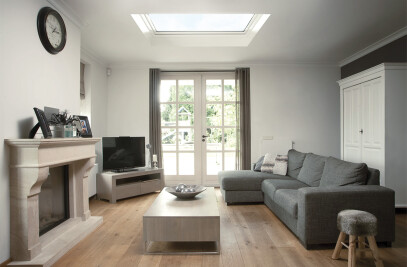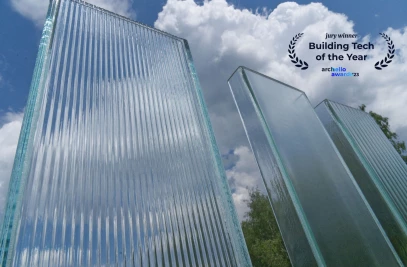International architecture firm Henning Larsen recently celebrated their 60th anniversary. But they haven’t stopped innovating, including in regard to their commitment to environmental responsibility. From schools to municipal facilities, their forward-thinking practice considers how buildings can incorporate sustainable solutions into a project’s design.

Since using organic materials is part of reaching toward sustainability, Henning Larsen is gathering knowledge and testing applications for the use of straw in their projects. Believing we need to rethink our use of building materials, the firm is incorporating straw into a 270-square-meter extension to Feldballe Skole, a school in eastern Jutland, Denmark. “Feldballe Skole is our first project where we are building with straw,” says Magnus Reffs Kramhøft, Senior Architect at Henning Larsen. “Our hope is that we come away from this project with lessons on how to use straw on an even larger scale.”

The walls of the school extension will be straw panels, manufactured by Ecococon. These compressed panels are held together by wooden frames that are designed for quick on-site assembly. Because the panels can be directly substituted for insulation components, working methods can be conventional.
“The straw creates a more breathable indoor climate, where moisture inside is regulated through these walls.” says Kramhøft. “This means you have a more stable indoor climate, and you don’t have to ventilate as much to balance internal humidity.” The straw panels can be clad in any material. At the school, the firm will clad the exterior in wood and the interior in clay.

Straw’s positive environmental impact occurs both during growth of the material and during the lifecycle of its use. Through a process called carbon sequestration, as straw grows it removes the greenhouse gas carbon dioxide (CO2) from the atmosphere. Ecococon estimates that each square meter of the wall surface of their straw panels stores 75kg of sequestered CO2. They also estimate that the reduction of heating and cooling needs will significantly reduce CO2 for the lifetime of the building, saving over 1 ton per year. The straw is upcycled from the agricultural sector, further reducing impact.





















